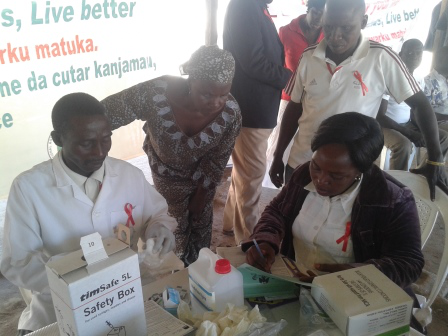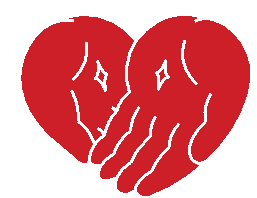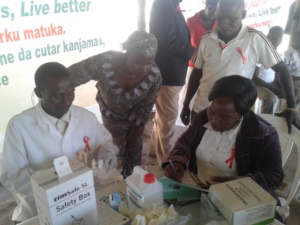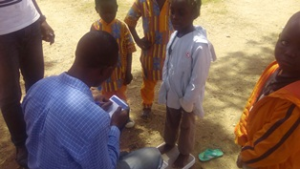
Abstract
Background
In recent years, HIV/AIDS, tuberculosis, malaria, conflicts, accidents and other associated causes of deaths have made millions of children vulnerable all over the world. During the 30 years of the global HIV epidemic, an estimated 17 million children lost one or both parents due to AIDS. Ninety percent of these children live in sub-Saharan Africa (USAID 2016). An estimated 36.7 million people are living with HIV; 25.5 million of these are in sub Saharan Africa out of which 1.8 Million are children, with West and Central Africa contributing 6.1 million to the global number (Global HIV Statistics, 2016). In 2016, 2.1 million children were living with HIV/AIDS and less than half had access to antiretroviral treatment (PEPFAR fact sheet 2017). The aim of this study is to understand the baseline situation of Orphans and Vulnerable Children (OVC) in Jos North LGA of Plateau so as to strengthen existing approaches aimed at tackling OVC -related necessities in communities.
Methods
A house to house cross-sectional survey of households was employed through a multistage sampling technique assessing the six OVC thematic areas using the Child Status Index (CSI) for the OVC and Baseline Household Vulnerability Assessment tool (HVA) for the household. Data collation was done using the National OVC Management Information System (NOMIS), while Minitab and SPSS were used for data analysis.
Results
A total of 2000 households were surveyed from which 7,153 OVC ages ranging from 0-17 years with mean age of (8.5, 8.7) years (Mean=8.6 and Standard Deviation (SD) =4.8) were studied. 49.4% (3,534) of the children were male while 50.6% (3619) were female. Also, 2,000 household heads with an average of (3.5, 3.7) (Mean=3.6 and SD=1.9) children per household were studied across 23 communities. Out of this number 7% (148) of households were most vulnerable, 77% (1534) were more vulnerable while 16% (318) of households were vulnerable with 8% (571), 77% (5511) and 15% (1071) of OVC respectively in those households. Similarly 36.5% (730) of the households were headed by women while 63.5% (1270) are headed by men. 76% of household heads were involved in one Income Generating Activities (IGA)/Occupation or the other such as petty traders, farmers, menial jobs, tailoring services, bean cake sellers, commercial drivers, security guards, photographers, mechanics, carpenters, etc. while the remaining 24% constituted retirees, applicants and housewives etc. The survey further revealed that double orphans made up 1%, 9% paternal orphans, 12% maternal orphans, other
vulnerabilities such as child living with chronically ill parent and child laborer was 67%. Out of the total number of children surveyed 11% were living with a HIV positive Caregiver/Household member(s). Also 0.2% (16) and 10.6% (212) of the children and Caregivers respectively were HIV positive. It was observed that each household had an average of four (4) children across communities, with (75 and 25) % of households having between 1-4 and 5-12 children respectively. 2622(63%) children between the ages of 6 to 17 were enrolled in school of this population 33.06% were male and 31.24% female . 46% of children frequently had less food to eat than needed, and complains of hunger, 47.3% of children had no access to any legal protection services and may be at risk of exploitation and abuse. There is a 26.6% indication that children may be neglected, over worked, not treated well or otherwise maltreated in households.
Conclusion
This survey revealed the needs identified with OVC in various households in Jos North LGA of Plateau State, showing that there is a need to empower Caregivers with various skills and knowledge in other to reposition them as frontline service providers to their wards. The Minitab output for Chi-square test of association shows that there is relationship among the household vulnerability assessment domains with alpha set at 0.05, DF =18, P-Value=0.00. Also the correlation coefficient for household vulnerability assessment domains shows a positive association among domains except for household income & food security & nutrition as well as household income and health with -0.05 and -0.24 correlation coefficients respectively. This supports the fact that 55.65% of households surveyed have a monthly income below ₦18,000 ($66.67) which happens to be the minimum wage as at this time of the research while 30.15% of households had no monthly income earned.


